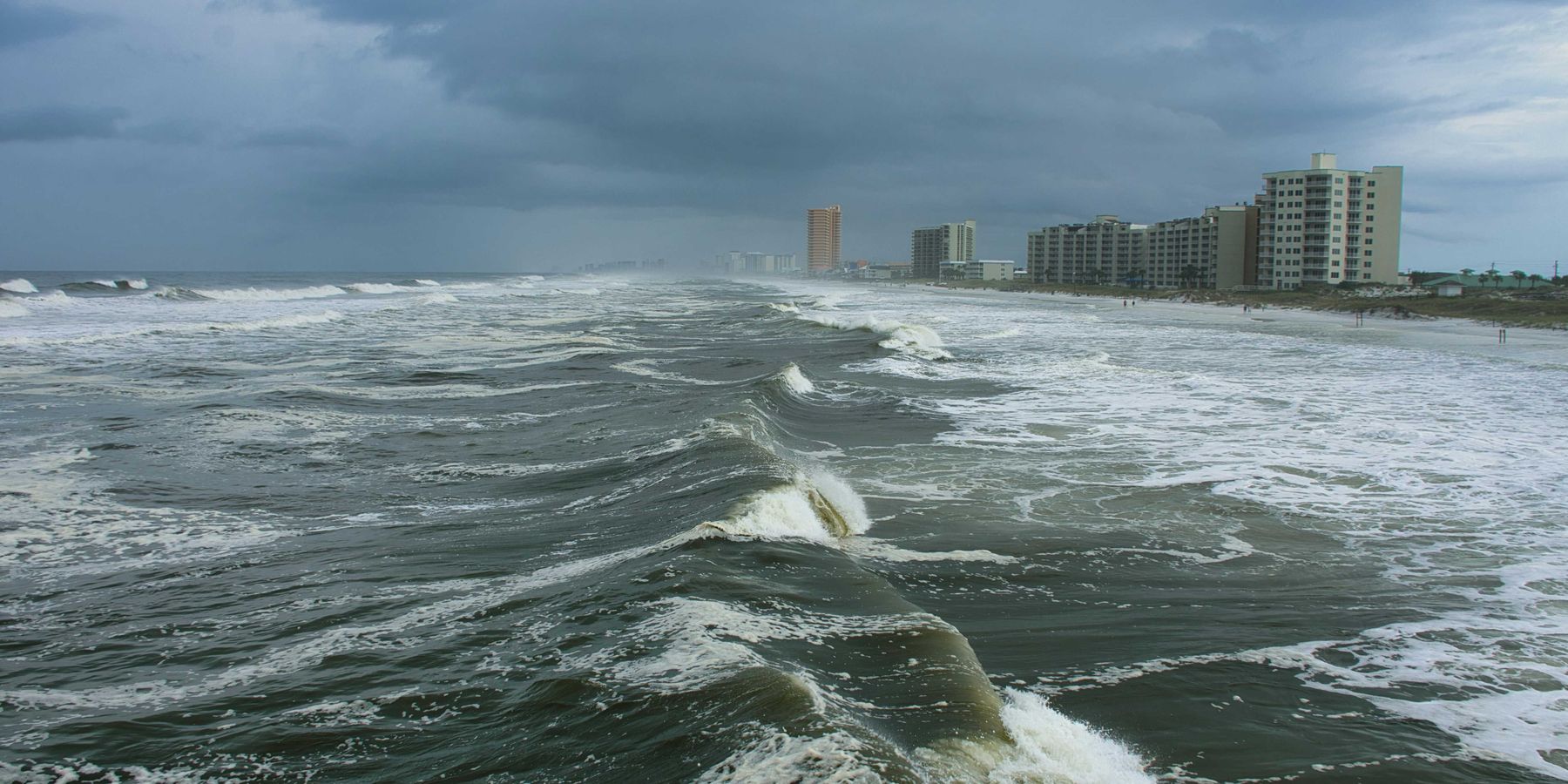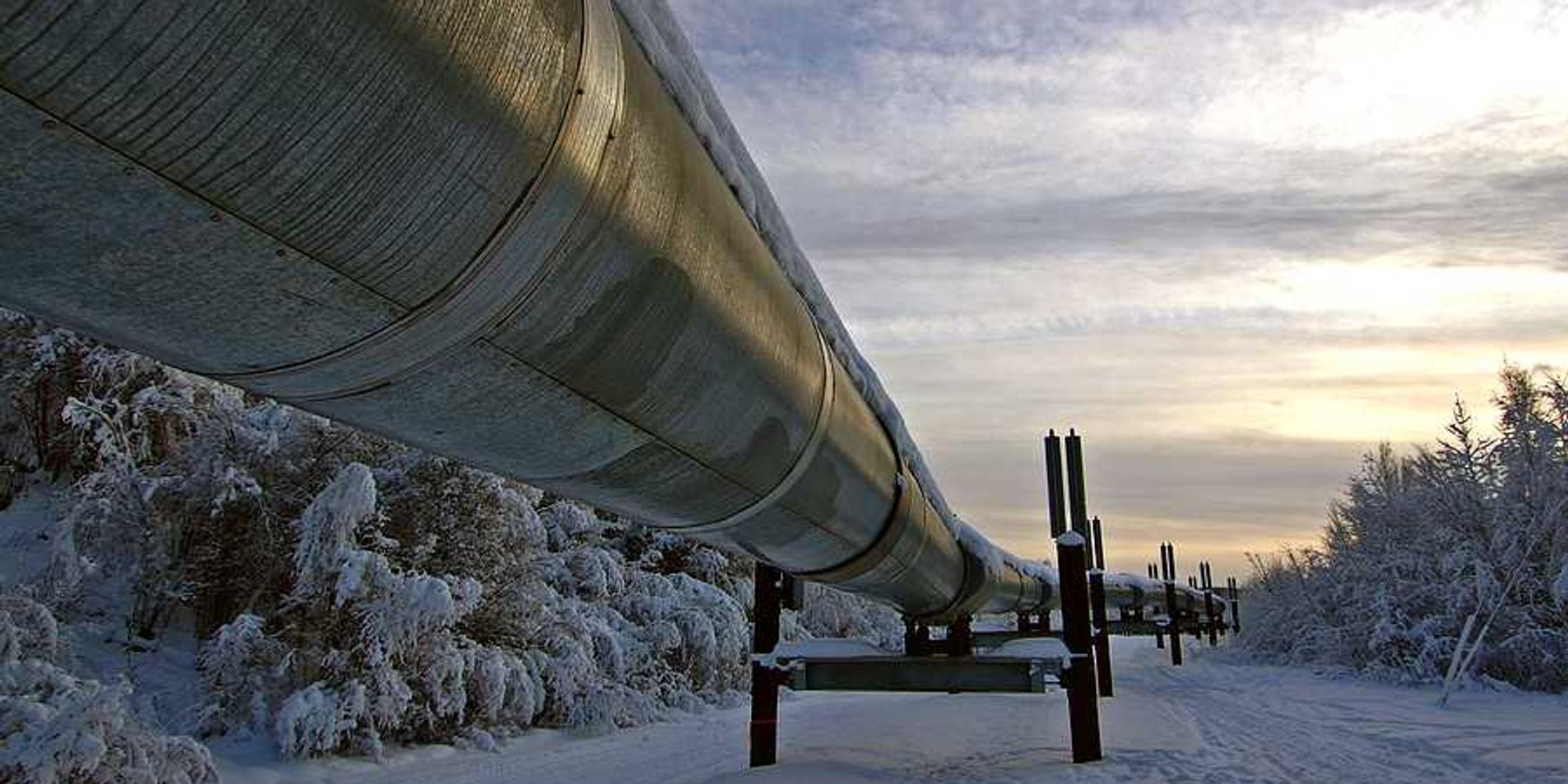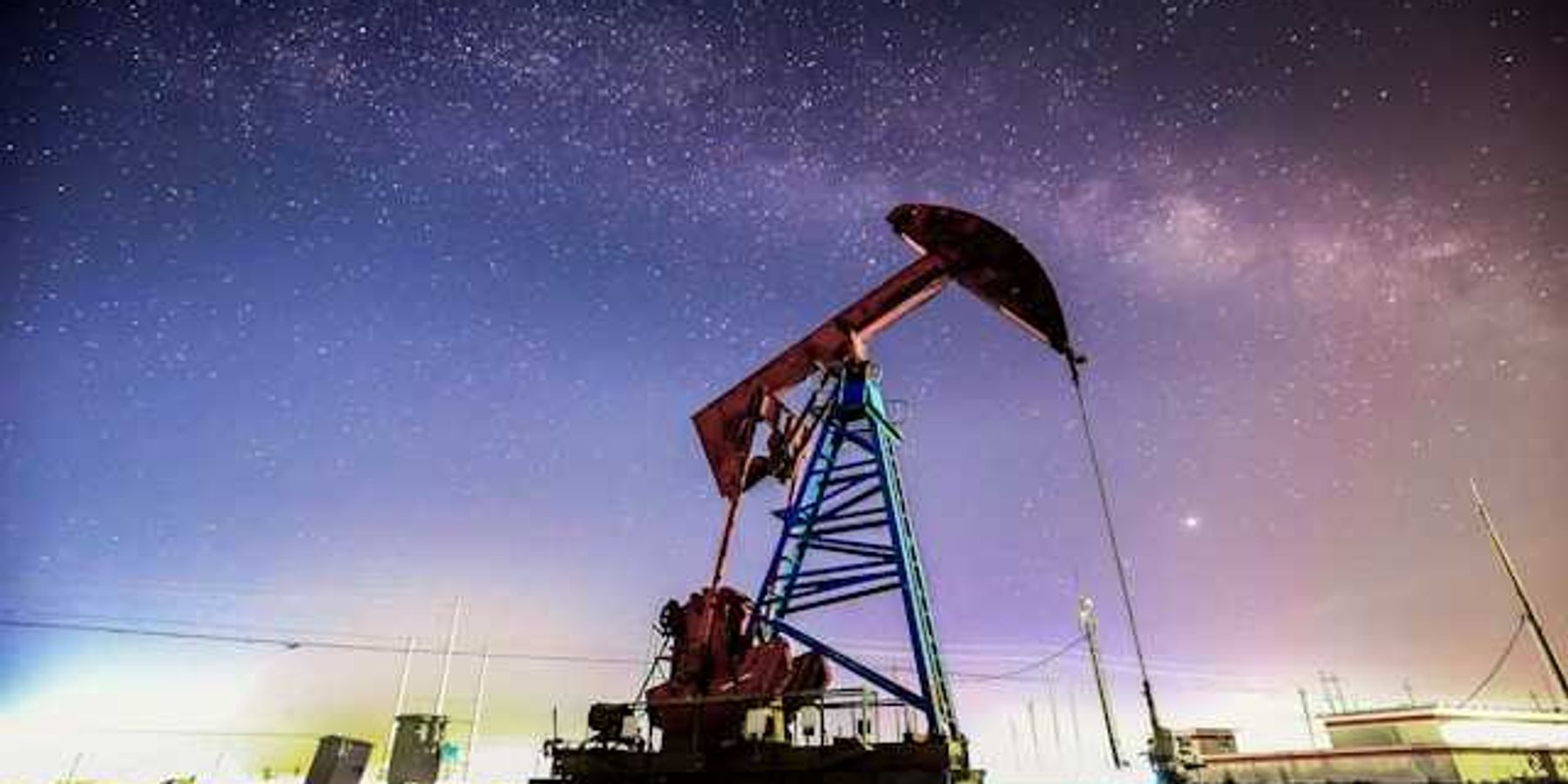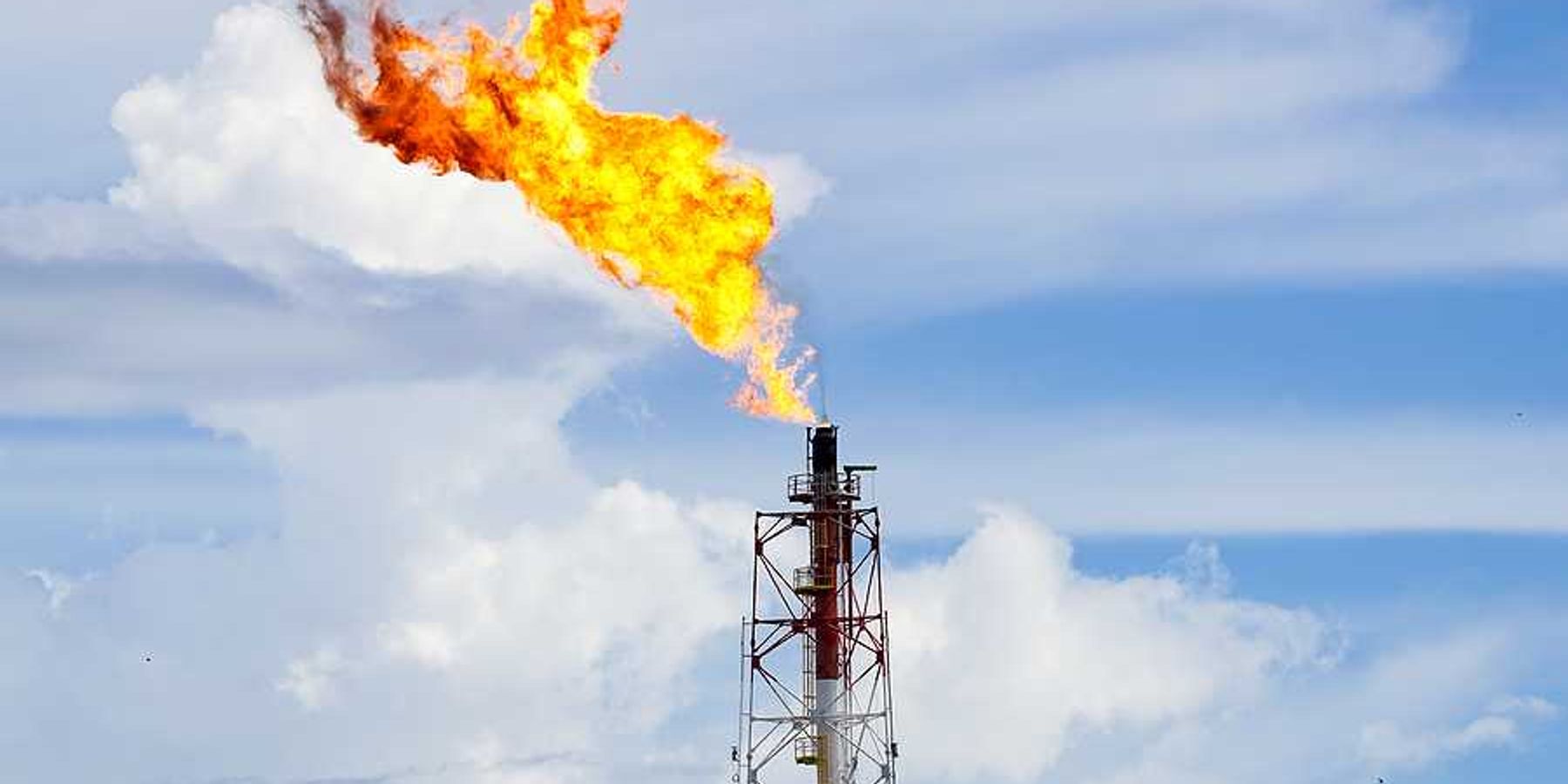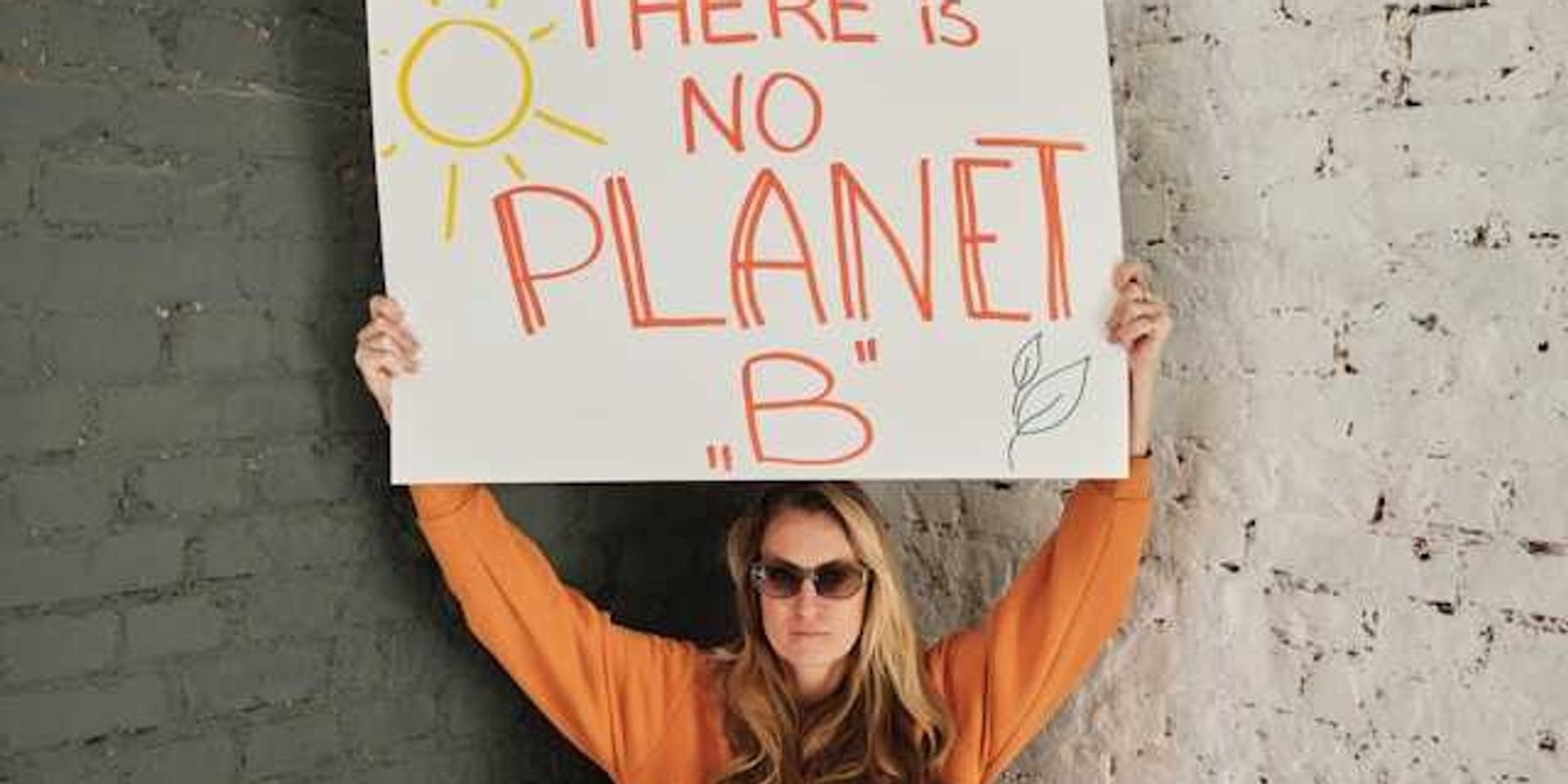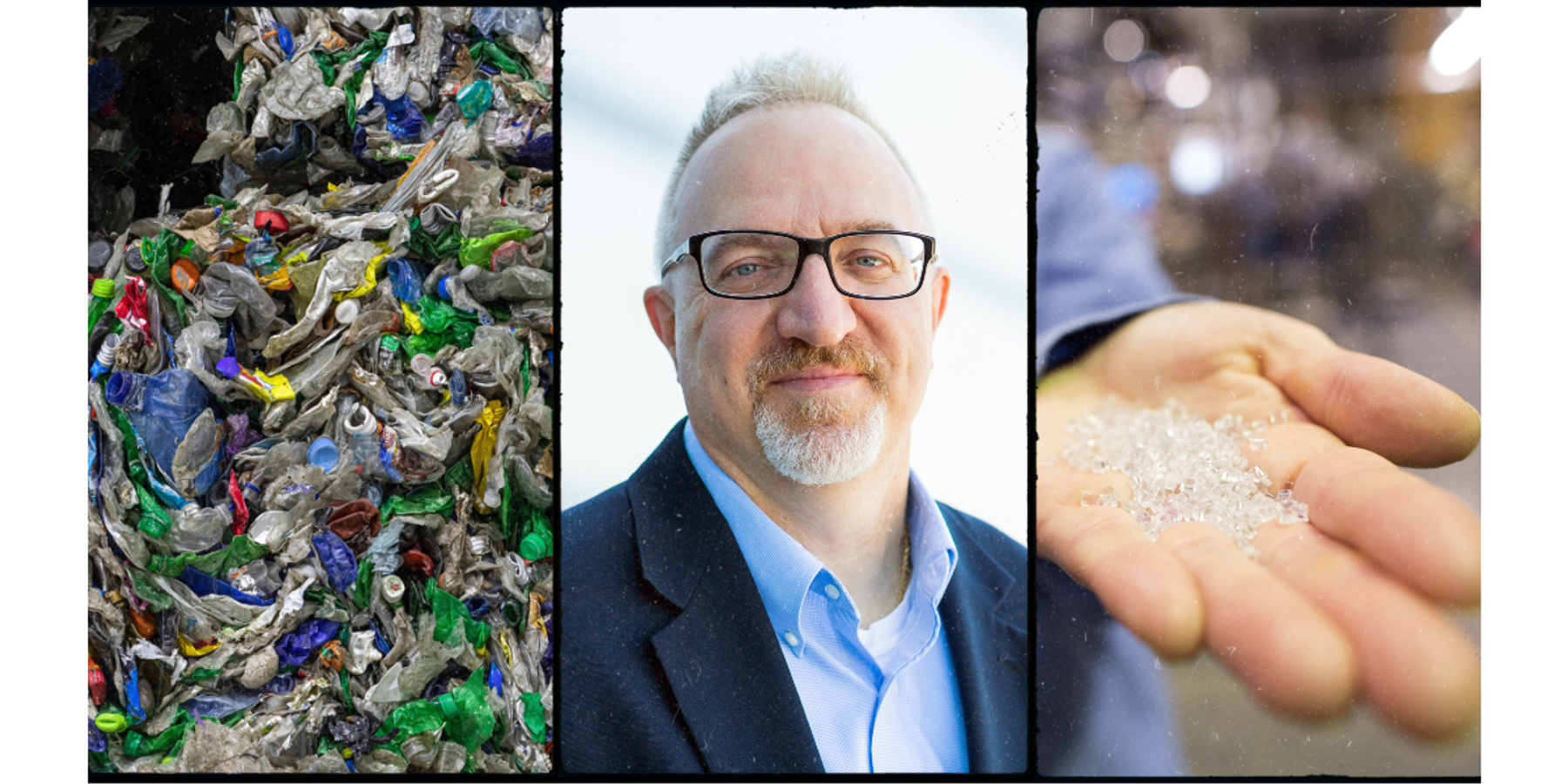
Q&A: Director of sustainability at Eastman Chemical Company talks chemical recycling
As fights over chemical recycling spread, we sat down to talk about one of the largest such facilities.
Chemical recycling, or advanced recycling, is an umbrella term for processes that use heat and/or chemicals to break down plastic waste into component parts for reuse as plastic feedstocks or as fuel.
These processes are different from conventional or mechanical plastic recycling, which breaks down plastic waste physically but not at a molecular level. Only 5% to 6% of plastic waste gets recycled in the U.S., and proponents of chemical recycling say the process could help.
But it’s controversial. Environmental health advocates say chemical recycling is energy intensive and inefficient, creates toxic waste, contributes to climate change, and creates the false promise of a circular economy for plastics.
Learn more about these concerns:
This will be a big year in shaping the future of chemical recycling
Eastman Chemical Company operates one of the largest chemical recycling facilities in the U.S. out of its Kingsport, Tennessee, plastics plant, where they use chemical processes to break waste plastic down into feedstocks that are then turned into things like water bottles, food and personal care product packaging, and plastic houseware.
The chemical recycling portion of the plant is still in the start-up phase. It processed around 20 million pounds of plastic in 2023, and the company hopes to eventually recycle up to 250 million pounds of waste plastic annually.
The other portion of Eastman Chemical Company’s Kingsport, Tennessee plant produces plastic using traditional methods. The plant was fined $45,500 in October 2023 by the Tennessee Department of Environment and Conservation for violating clean air laws with toxic emissions of sulfur dioxide and volatile organic compounds more than 30 times over legal limits. The company averaged about five fines per year for smaller violations between 2016 and 2022.
Eastman Chemical Company says it is committed to being a good neighbor, and hopes to address concerns about chemical recycling by ensuring that their process supplements mechanical recycling, only reprocessing plastic to create additional plastic (rather than fuel), and utilizing these technologies only when they can help lower greenhouse gas emissions.
EHN sat down with Chris Layton, the director of sustainability for specialty plastics at Eastman Chemical to learn more. This conversation has been edited for length and clarity.EHN: Can you provide an overview of what happens at your advanced recycling facility in Kingsport?
Layton: We’re basically replacing traditional fossil fuel-derived plastic feedstock with feedstocks we make from recycled plastic.
There are a variety of polymers that go into making things like durable goods and housewares, Camelbak and Nalgene water bottles, plastics that go into medical devices, food and personal care packaging. Today all of those are made with various fossil feeds. But we can use waste plastic to create the same building blocks needed for those products and produce the same portfolio of products with no compromise to safety, quality, or performance.
When we do that, we get a variety of benefits. Not only are we diverting material from a landfill, but we’re also eliminating steps from the process of creating virgin products, which lets us get to those finished products with significantly lower greenhouse gas emissions.
EHN: What types of plastic are you able to recycle?
Layton: We’re primarily recycling ones and twos. So think shampoo bottles, single serve milk or protein drinks, clamshell packaging for fruits, vegetables, and meats from the supermarket, some pre-consumer carpet fiber and apparel fiber, some post-consumer carpet.
In retrospect, one thing we did poorly as an industry when we first got rolling was saying that we can recycle anything. That’s not true. So as we’ve looked at different feedstocks, we’ve disqualified probably as many as we’ve qualified because we don't feel confident that we can remove certain contaminants.
We want to make sure when we get recycled plastic back to that building block state that it looks, tastes, and smells exactly the same as the virgin building blocks we’ve been producing for decades.
EHN: Aren’t ones and twos generally able to be mechanically recycled? Are you worried about competing with mechanical recycling, rather than supplementing it?
Layton: We want to make sure we’re not competing with mechanical recycling, so we primarily recycle things that get into curbside bins but get kicked out of the mechanical recycling process and landfilled for one reason or another.
EHN: The EPA classifies the Kingsport facility as a large-quantity generator of hazardous waste. Do you know how much of the hazardous waste generated at that facility comes from the advanced recycling operations?
Layton: Our [chemical recycling] process produces a greater than 90% yield so the majority of the plastic waste introduced into the process is being [broken down] and used to create new materials. Of the less than 10% that remain, we will either reuse it in another Eastman process or otherwise recycle it, sell it as a co-product, or if there is no other outlet, safely dispose of the material.
EHN: It looks like the Kingsport facility has many Title V permits. Can you share information about how much of the site’s air toxics and carbon emissions are attributed to the advanced recycling portion of that operation?
Layton: Eastman authorized a permit for the emissions from this newly constructed [chemical recycling] facility but since it is not yet fully operational, we do not know precisely what the facility’s emissions will be.
These technologies do end up reducing greenhouse gasses and some criteria pollutants because sometimes the waste plastics can be cleaner than fossil feedstocks we’re using, and there are fewer energy-consuming steps using recycled plastics than there are using virgin materials.
EHN: I know there are concerns about increasing toxicity when chemically combining different types of plastic. How do you ensure that this doesn’t happen, particularly for plastics that come into contact with food and drinking water?
Layton: We’re really breaking these plastics down into the most building blocks, which is the key control point. We do ongoing analytical testing to make sure that these building blocks are indistinguishable from the ones we produce from fossil feedstocks.
EHN: I noticed that the products being made with Eastman’s recycled plastics generally say they contain “Up to 50% recycled content.” Why isn’t that number higher?
Layton: We’re only able to create certain building blocks from recycled plastic, so there’s a chemical limit of how much of those products can go into another product.
There are recycled content requirements taking shape in states like California and New Jersey, and they typically require 25-30% recycled content, so brands are usually happy with having up to 50% recycled content.
EHN: I’ve spoken with people in several communities where advanced recycling facilities have been proposed, and I’ve heard a lot of concerns about air pollution and toxic waste. What steps does Eastman take to protect its workers and people living near this facility from harmful pollution?
Layton: A facility like this is under constant scrutiny, and we have a zero-incident mindset. We always try to make sure we comply with permits, and we’re always worried about the health and safety of our folks, so we design these facilities with layers of protection to make sure that if something goes wrong it will correct itself or shut down to maintain worker safety, and workers get lots of safety training.
When you get outside our gates, in most communities we operate we have a community advisory panel, so we’re routinely engaging with folks in the community to understand their concerns, let them know what we’re doing, and keep them informed about emergency response plans with local first responders.
We’re also in the process of partnering with a local grocery store chain in Kingsport to give the community access to recycling, because Kingsport is one of many municipalities that have lost its curbside recycling program because it wasn’t making money.
EHN: Anything else you’d like to share?
Layton: We’re not going to create circularity for plastics with one single solution. We’re going to have to eliminate some plastics we really don't need, figure out ways to reduce and reuse others, and maximize what we can do for mechanical and advanced recycling.
We’ve worked hard to create these rules so that we’re only recycling material to material rather than fuel, we’re committing to only using these technologies if they can help us lower greenhouse gas emissions, we’re complementing mechanical recycling rather than competing with it, and responding to pressure from our brand partners about recycled content and what we’re doing in the communities we’re in with transparency.
I think if we consistently live up to those principles, we can address many of the concerns folks have about these technologies, and I hope that leads to more acknowledgement that they can be a key part of the solution.

